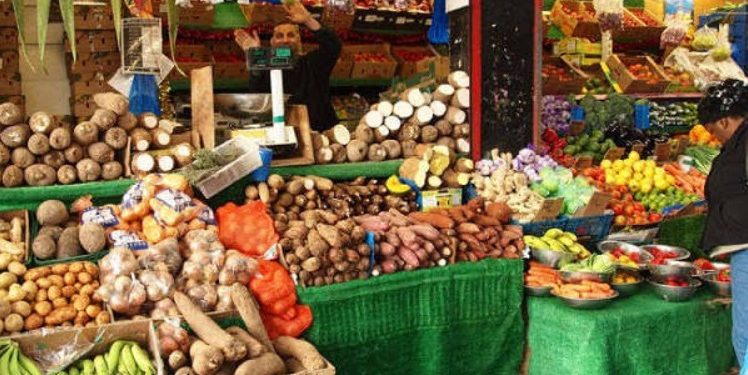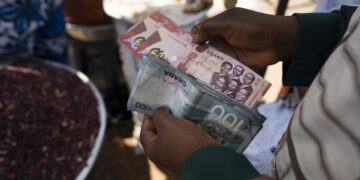Food Security Crisis Worsens in Africa Amid Inflation and Trade Restrictions – World Bank
Food security remains at critical levels in many low-income countries, particularly across Africa, as conflicts and climate change continue to drive hunger, the World Bank has warned.
According to the latest data, an estimated 61.6 million people in East Africa are food insecure, while nearly 50 million individuals are projected to face similar challenges in West and Central Africa.
Food Inflation Remains Elevated
Domestic food price inflation continues to surge in several low-income nations. Between October 2024 and January 2025, food inflation above 5% was recorded in:
- 73.7% of low-income countries (1.5 percentage points increase since January 2025)
- 52.2% of lower-middle-income countries (8.7 percentage points increase)
- 38% of upper-middle-income countries (unchanged)
- 5.6% of high-income countries (1.8 percentage points decrease)
In real terms, food price inflation exceeded overall inflation in 56% of the 164 countries where data is available, underscoring the persistent cost pressures on consumers.
Agricultural and Commodity Prices Rise
Since the January 2025 update, key agricultural indices have recorded increases:
- Agricultural price index rose 3%
- Export price index climbed 6%
- Cereal price index remained unchanged
In terms of specific commodities:
- Maize prices increased 3% (10% higher year-on-year, 27% above January 2020 levels)
- Wheat prices climbed 5% (6% lower year-on-year, 2% below January 2020 levels)
- Rice prices declined 10% (19% lower year-on-year, but 14% higher compared to January 2020)
The February 2025 edition of the Agricultural Market Information System (AMIS) Market Monitor notes that while prices for wheat, rice, and soybeans are lower than a year ago, maize export prices have surged to a 15-month high due to supply concerns.
Funding Gaps and Trade Restrictions Worsen Global Food Crisis
The 2024 Financing Flows and Food Crises report highlights a severe underfunding of the food sector, with only 3% (USD 6.3 billion) of total development funding allocated to food-related initiatives—far below the 33% (USD 10.3 billion) earmarked for global humanitarian aid.
Meanwhile, trade-related policies continue to exacerbate food insecurity. Following Russia’s invasion of Ukraine, several countries have imposed export restrictions to protect domestic supply and curb price surges.
As of February 2025, a total of 17 countries have implemented 22 food export bans, while eight countries have enforced 12 export-limiting measures.
Global Economic Outlook Signals Persistent Stagnation
The World Bank’s latest Global Economic Prospects report, released in January 2025, projects global economic growth to remain at 2.7% through 2026.
While this signals relative stability, it falls short of driving poverty reduction or addressing escalating food and nutrition insecurity in low-income economies.
The report underscores how high inflation, mounting debt, and trade disruptions are compounding food security challenges, particularly for vulnerable populations.








